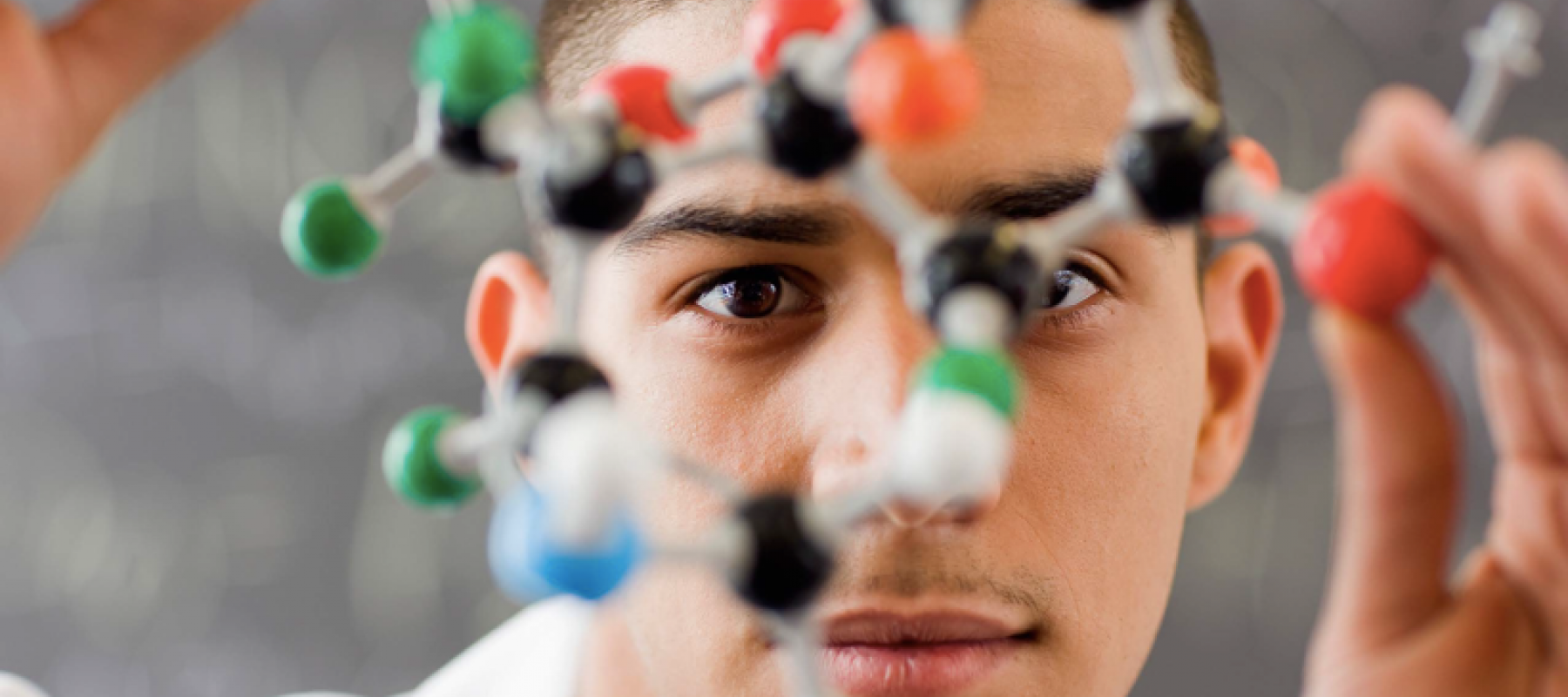
Assessing Pathways to Retention in Undergraduate STEM Education
In the CHAE Report (Fall 2015), Dr. Wawrzynski discusses efforts to incorporate more active learning techniques in STEM classrooms with the goal of improving undergraduate STEM education.
For the United States to remain globally competitive, initiatives must be in place to recruit and retain students in the science, technology, engineering, and mathematics (STEM) fields. President Obama’s administration has set a goal to have 1 million additional students obtain STEM bachelor’s degrees over the next decade, which necessitates institutions of higher education to seek ways to attract and retain STEM students. One approach some institutions have taken involves examining teaching and learning practices in STEM.
As part of a collaborative team, Associate Professor Matthew Wawrzynski provides expertise on student learning and retention for the Collaborative Research in Education, Assessment and Teaching Environments (CREATE) for the fields of Science, Technology, Engineering, and Mathematics (STEM) Institute at Michigan State University. Specifically, Wawrzynski and his colleagues, with a grant from CREATE for STEM, are using a Framework for K-12 Science Education (NRC, 2012) to incorporate more active learning techniques in STEM classrooms with the goal of improving undergraduate STEM education. Although the Framework is targeted at the K-12 audience, helping students learn how to think about and practice science like disciplinary experts is a goal that transcends educational boundaries and parallels that of higher education (NRC, 2000). A key feature of the Framework is the integration of scientific practices, crosscutting concepts, and disciplinary core ideas into “three-dimensional (3D) learning,” which shifts the focus of science education reform from how to what we want students to learn.
Given his scholarship and research interests on student learning and retention, Wawrzynski said, “It was an easy decision” to join the team as a co-PI and be involved with such talented colleagues. In the past, he has examined issues related to student success, including investigating the roles of faculty, living learning communities, participation in co-curricular activities, and the influence of transformative teaching through leadership experiences on student success. “Plus,” Wawrzynski added, “the grant helps to recruit and support graduate students such as Yeukai Mlambo, a student in the Higher, Adult, and Lifelong Education program with an interest in STEM issues, to be involved in the project.” Wawrzynski also explains that projects such as this one promote collaborative scholarship and provide opportunities for training graduate students as future scholars.
Given the growing importance of STEM education issues in the U.S. and globally, the project is both timely and relevant. Wawrzynski and his colleagues believe the findings from this study could change the way teaching and learning in STEM occurs. Lessons learned about the influence of transformative teaching practices on the persistence of STEM students can help reshape teaching and assessment in ways that will promote student learning. If students have a positive learning experience in their early undergraduate STEM journeys, they may be more likely to remain engaged in their chosen STEM majors, compared to having a negative experience.
References
NRC. (2000). How people learn: Brain, mind, experience, and school. Washington, DC: The National Academies Press. Retrieved from http://www.nap.edu/catalog.php?record_id=9853
NRC. (2012). A framework for K-12 science education: Practices, crosscutting concepts, and core ideas. Washington, DC: The National Academies Press.



